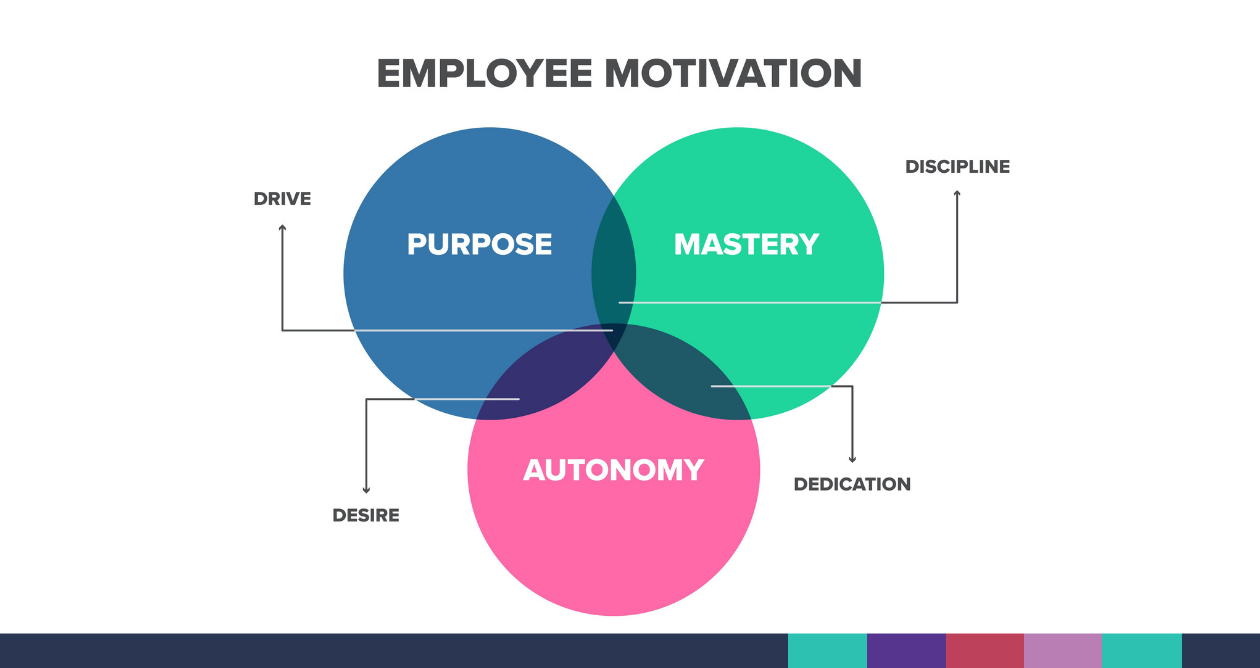preahvihearhotel.com – In the quest to understand what motivates individuals to perform at their best, psychologists and organizational theorists have identified three core elements that drive human behavior: autonomy, mastery, and purpose. These pillars, when effectively leveraged, can lead to increased engagement, productivity, and overall job satisfaction. Let’s delve into each of these components to understand their significance and how they can be applied in various settings.
Autonomy: The Desire for Self-Direction
Autonomy is the innate desire to direct our own lives. It is about having the freedom to make choices and to exercise control over our work. When individuals have autonomy, they feel empowered to take initiative and are more likely to be creative and committed to their tasks.
In the workplace, autonomy can be fostered by providing employees with the opportunity to make decisions about how they do their work, rather than dictating every step of the process. This could mean setting flexible work hours, allowing remote work options, or giving teams the autonomy to determine the best approach to a project.
Mastery: The Pursuit of Excellence
Mastery is the urge to get better at something that matters. It is the intrinsic motivation to improve oneself and one’s skills. People are driven by the desire to be excellent at what they do, and this drive is not solely about external rewards; it is about the internal satisfaction of doing something well.
Organizations can support the pursuit of mastery by creating an environment that encourages learning and growth. This could involve offering professional development opportunities, mentorship programs, and constructive feedback mechanisms that help employees refine their skills and advance in their careers.
Purpose: The Yearning for Significance
Purpose is the sense that our work is meaningful and contributes to something larger than ourselves. It is about feeling that what we do makes a difference and aligns with our values and beliefs. When individuals find purpose in their work, they are more likely to be engaged and committed to their roles.
Leaders can instill a sense of purpose by clearly communicating the organization’s mission and values, and by demonstrating how each employee’s work contributes to the bigger picture. This could involve sharing success stories, highlighting the impact of the organization’s work on customers or the community, and creating a culture that values ethical and socially responsible practices.
Conclusion
Autonomy, mastery, and purpose are not just buzzwords; they are fundamental to understanding and enhancing human motivation. By fostering an environment that supports these three pillars, organizations can create a culture where employees are not just motivated, but also fulfilled and aligned with the organization’s goals. As we continue to navigate the complexities of the modern workplace, these principles remain a powerful framework for driving performance and satisfaction.
